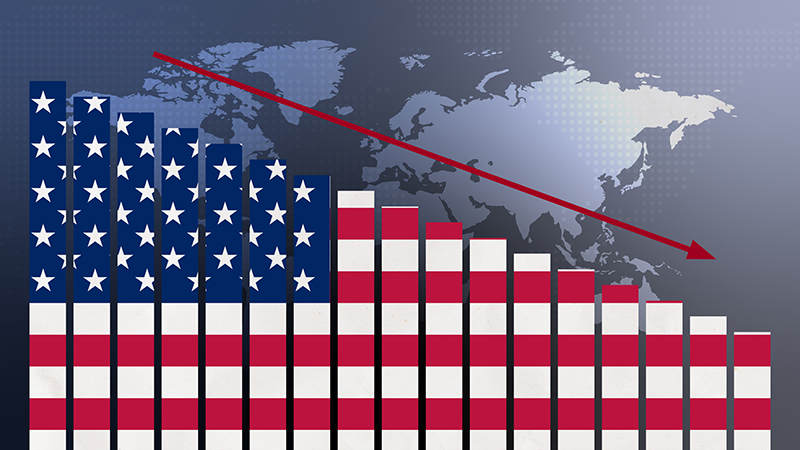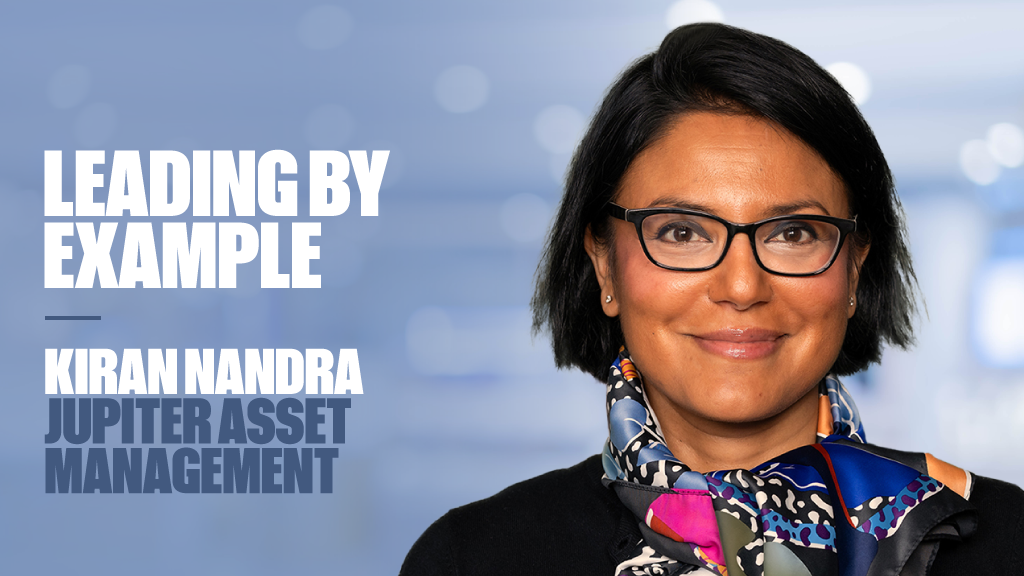I’m not averse to stories being delivered to me by Amazonian eye candy, but alas this was all part of a massive marketing push from Amundi to alert early morning City commuters about its “cheaper and smarter” range of ETFs.
Whatever the message, now strikes me as a tough time to be launching in to the UK ETF market, which is fast becoming saturated as iShares, Lyxor, db X-trackers, Source, ETF Securities et al too flex their marketing muscle.
In its latest research on the top five ETF/ETP providers by average turnover, as at year end 2010, BlackRock reports iShares taking a 50% share of the UK market, followed by ETF Securities (31.7%), db x-trackers (8.2%), Source (3.1%) and HSBC/Hand Send (2.4%).
The same document reports that total ETF assets increased by 49% last year, with the number of products listed in this country up 77% from 293 primary listings in 2009 to 520 at year end 2010.
Demand must be strong and, with RDR on its way, the pressure on fund pickers to bring down their service costs will push them further towards low cost passive instruments. There must now be an ETF for every occasion, but of course that does not mean that they are all the same.
Transparency is key
Just last month, the Financial Stability Board issued a warning over ETF liquidity, particularly given the thin margins of physically-backed products, while synthetic products also came under scrutiny. It called on both providers and investors to review the risk management strategies of ETFs, especially in areas such as counterparty risk and collateral management, as well as assessing their exposure to market and funding liquidity risks.
It added that ETF providers should consider “enhancing the level of transparency they offer to investors on the entire range of ETF products, especially the more complex ones.”
“In particular, they should make publicly available detailed frequent information about product composition and risk characteristics, including on collateral baskets and arrangements for synthetic ETFs and securities lending, to enable investors to exercise their due diligence and promote a better understanding of the ETF market at large.”
The recent sell-off in commodity markets brings this in to focus, and there are concerns that providers could run into problems if there is a period of significant further redemptions.
I’m sure Amundi and its peers are aware of these issues and are equipped to deal with any scrutiny that may come their way. The marketing is certainly eye-catching, but the real test in the merit of ETFs is surely yet to come.










